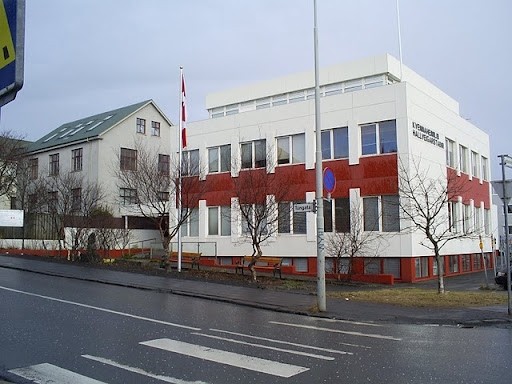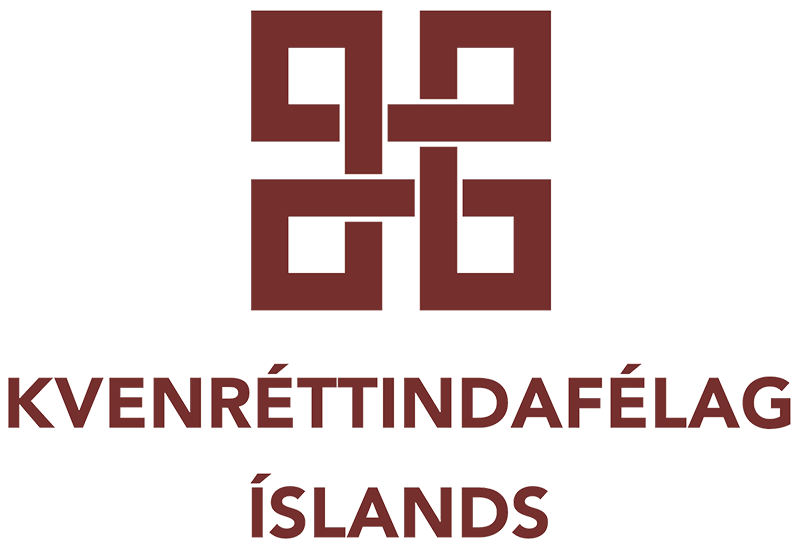
The Women’s House Hallveigarstaðir was built to house the activities of women’s groups in Iceland, and to support their cultural and humanitarian work.
The dream of a women’s center arose soon after Icelandic women gained the right to vote in 1915. At that time, a large number of women’s associations were active in the Reykjavík area, working in the field of social welfare, and there was an urgent need for facilities where they could work and hold meetings.

In 1919, Laufey Vilhjálmsdóttir (1879–1960) delivered an address urging women to join forces in order to build a women’s center. The center was to house women’s associations, as well as reading rooms, a dining room, an information center, and accommodation for young women from the country who had come to Reykjavík for work or study. For the rest of her life, Laufey devoted her efforts to making the dream a reality, and she served for many years as chair of the fundraising committee.
The women’s center was named Hallveigarstaðir, or Hallveig’s Place, in honor of Hallveig Fróðadóttir, the first woman known to have settled in Reykjavík, in the late 9th century. A joint-stock company was founded to finance the construction of the building, and women and women’s associations around the country were invited to buy shares. They did so in large numbers, thus contributing to raising money for Hallveigarstaðir. The groundbreaking ceremony took place in 1954, and Hallveigarstaðir was formally opened in 1967 on 19 June – Women’s Rights Day in Iceland – about half a century after the idea of such a center was first proposed.
Today, the building is owned by three women’s organizations: the Federation of Women’s Societies in Reykjavík, the Federation of Icelandic Women’s Societies, and the Icelandic Women’s Rights Association. A wide range of women’s groups are based at Hallveigarstaðir and have meeting facilities there.
The Women’s House Hallveigarstaðir owes its existence to the efforts of innumerable women and organisations who strove for decades to make it a reality. It stands as a powerful symbol of women’s cooperation and unity, and their determination to improve the lives of the people of Iceland and to work for the public good.

